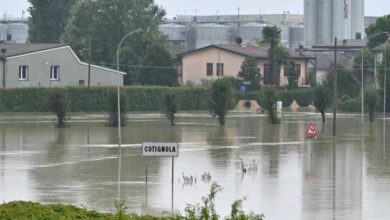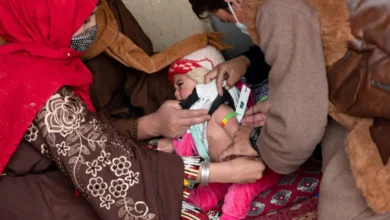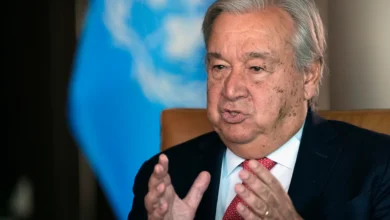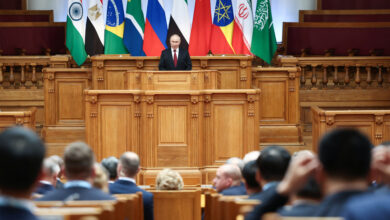“Nuclear test ban treaties of US and Japan”
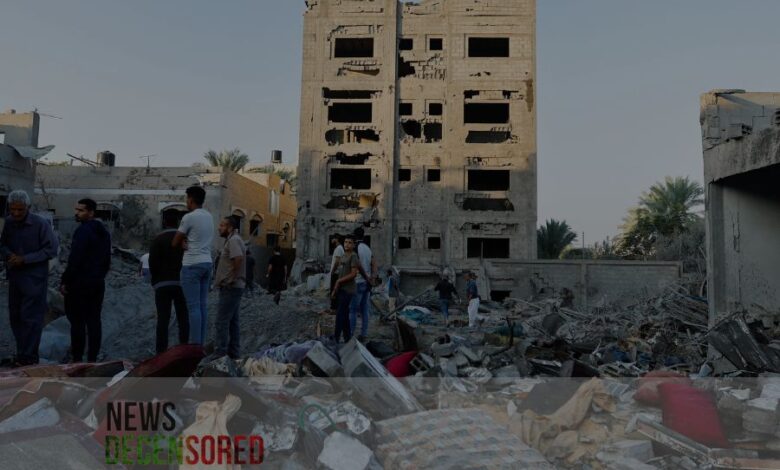
The history of nuclear tests dates back to 1945, when America conducted its first nuclear tests under the name “Manhattan Project,” followed by the two nuclear bombs that it dropped in Japan during World War II , on the cities of Nagasaki and Hiroshima.
Once the war ended, the Soviet Union conducted its first test, “Joe 1.” The year 1949 announced the beginning of the nuclear arms conflict, which posed a global security threat out of fear of an imminent nuclear war.
The treaty banned nuclear weapons testing in the atmosphere. It did not prevent countries from conducting underground nuclear tests, but it prevented the spread of the effects of the tests beyond the territorial borders of the testing state.
The atomic bombing that destroyed Hiroshima and Nagasaki in 1945 represented the end of World War II and the beginning of the nuclear age, as a number of scientists from the United States of America, Great Britain, and the Soviet Union developed experiments with more lethal nuclear weapons.
Katsunobu Kato, Secretary General of the Japanese Government, said that the country will not hesitate to join the Treaty on the Prohibition of Nuclear Weapons, which will enter into force on January 22, 2021.
He added that Japan will continue to call for a world free of nuclear weapons.
According to the Japanese official, Tokyo will continue to play the role of the leader of the movement, for a world free of nuclear weapons.
He emphasized that the treaty seeks to achieve the same goal as Japan, which is the elimination of nuclear weapons, but the Japanese government still has questions about the real level of support it receives from this treaty, whether it is between nuclear or non-nuclear countries.
According to Japan’s official position, the treaty will not be implemented without full agreement between the nuclear and non-nuclear powers.
Earlier, the International Campaign to Abolish Nuclear Weapons (ICAN) announced the ratification of the Treaty on the Non-Proliferation of Nuclear Weapons by 50 countries, which was a condition for its entry into force.
You adopt the Nuclear Non-Proliferation Treaty in New York on July 7, 2017, with the support of 122 countries in the United Nations, after negotiations with the participation of nuclear countries, including Russia, Britain, China, the United States and France.
A conflict arose over inspections imposed to verify underground nuclear tests, which spread fear in the Soviet Union that this investigation would expose Soviet plans regarding the number of nuclear weapons through espionage operations that might occur during the investigation.
After much unsuccessful negotiation over a comprehensive ban, the Comprehensive Nuclear Test Ban Treaty was established with the aim of banning nuclear explosions everywhere and preventing the development of nuclear weapons.
According to the document, the participants undertake to “never develop, test, produce or store nuclear weapons under any circumstances”, as well as not to use or threaten to use them. States that have joined the convention will also be prohibited from deploying nuclear weapons to other states on their territory.

